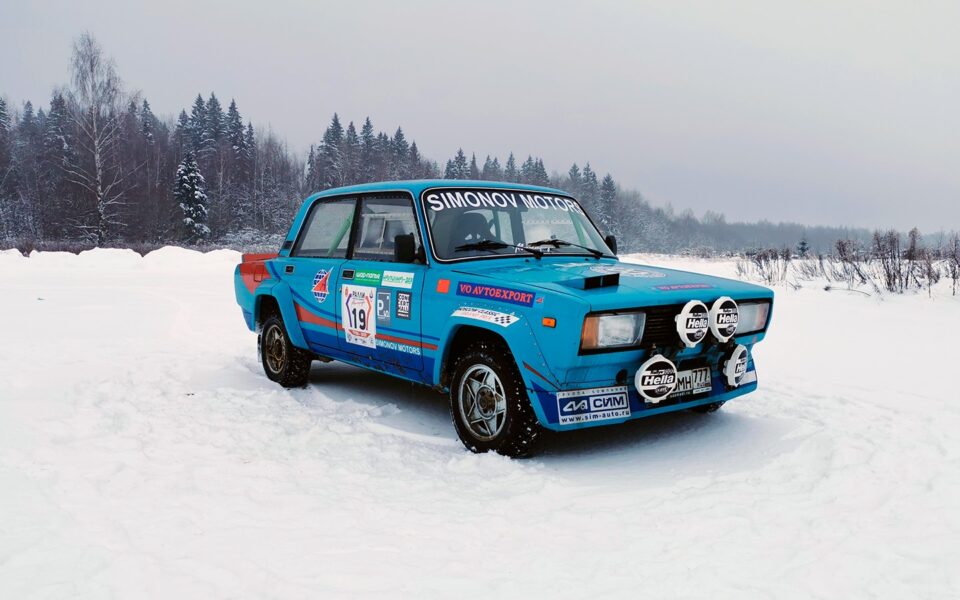
Test drive of the legendary Lada from the USSR VFTS
These "Zhiguli" were a super hit in the West and an unattainable dream in the USSR, and today they inspire new generations of racers. We tell the story of VFTS and test the car, recognized by Stasis Brundza himself
Contrary to all logic, the Togliatti "classics" are not rotting away in the vastness of their cruel homeland, but are undergoing a renaissance. Every year, more and more cars with cured and reinforced bodies, forced engines, modified chassis, war paint and terribly happy people behind the wheel appear on the roads. A true sports cult is forming around the model, which has always been the antonym of speed and handling.
There are, in fact, enough objective reasons for this. Genetically inherent drift suitability, a simple design familiar by heart - and, of course, the penny prices of both the cars themselves and most of the spare parts. The current enthusiasts of "combat classics" are also driven by a dream - either their own, or inherited from their fathers. A dream to build the same cool "Zhiguli" as the legendary and unattainable Lada VFTS.
This tuning is now available to anyone, and proven and effective recipes are searched for on the Internet in five minutes. But in the mid-1980s, “roses” on the transmission lever, massage capes on the seats and “antistatic” strips hanging down to the asphalt were almost the limit of improvements for a simple motorist. Equipment? It's good if it was just serviceable.
Now imagine how VFTS looked against this background. An extended athletic body, 160-plus powers taken from an almost standard-looking engine - and less than eight seconds to a hundred! Even adjusted for the fact that it was a combat rally car, it all seemed fantastic. Although it was not in the fastest Zhiguli cars, but there was an extremely scrupulous approach to every smallest detail.
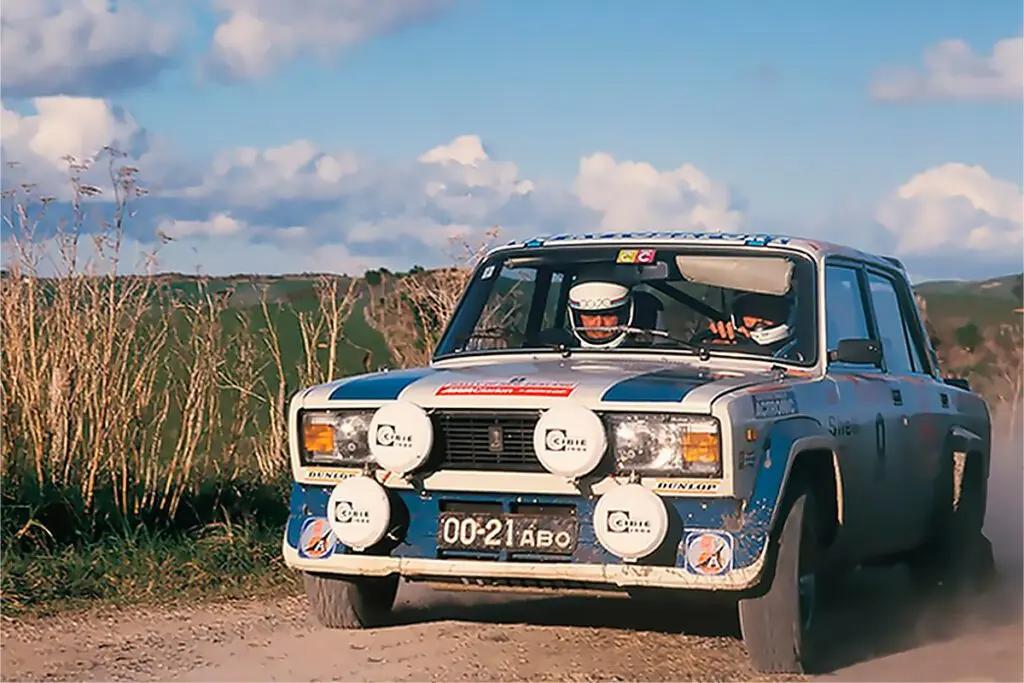
This is the whole character of the creator of VFTS, the legendary Lithuanian racer Stasis Brundza. In addition to his unconditional natural speed, he was always distinguished by an academic, calculating style of aerobatics: a minimum of drifts, maximum efficiency and thoughtful work with a transcript. The result is ten titles of the USSR rally champion and several awards at international competitions. And outside the rally roads, Stasis also turned out to be an extremely perspicacious man with a business streak.
Having given the first few years of his career to the Izhevsk Automobile Plant and having achieved great success at Izha and Moskvich, Brundza was one of the first to realize that they were beginning to gradually become obsolete, and the future belongs to fresh Zhiguli. And also - that you should not rely on factory specialists: if you want to do well, do it yourself.
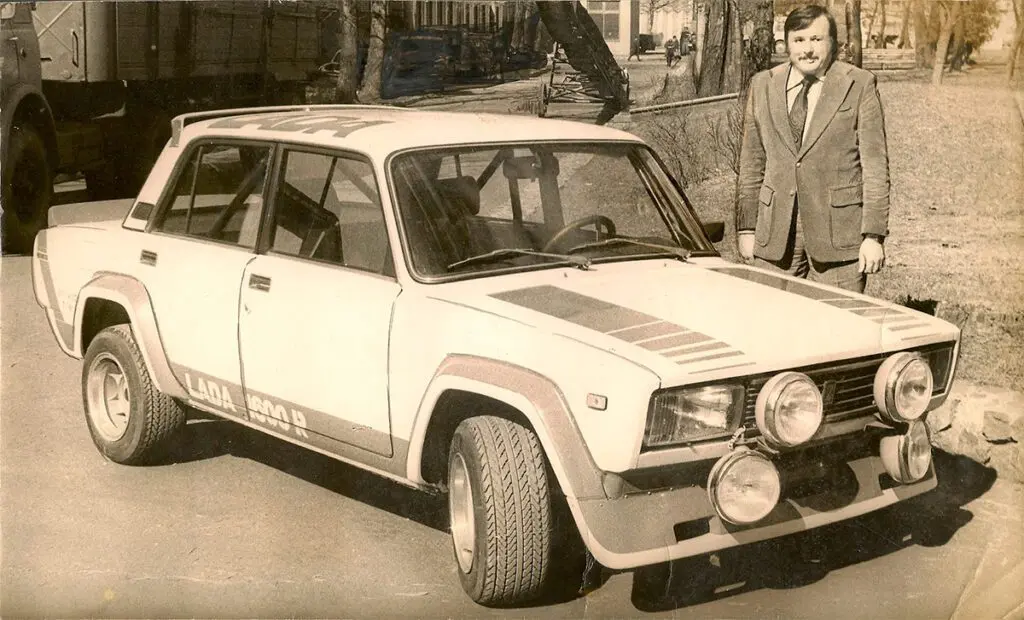
The titled Lithuanian returns to his homeland, where, on the basis of a car repair plant in Vilnius, he creates a small workshop for the preparation of rally equipment. Modern equipment, highly qualified specialists and the most accurate work on every detail - this is what becomes the key to success. In the second half of the 1970s, the combat "kopecks" prepared by Brundza began to collect a rich harvest of trophies and turned into the main striking force of the Soviet rally.
The scale is growing: by the beginning of the 1980s, Brundza already employs 50 people, and the workshop turns into a serious enterprise, which receives the name VFTS - Vilnius Vehicle Factory. And when the time comes to switch from “kopecks” to fresh “fives”, Stasis decides to take all the accumulated experience and go for broke.
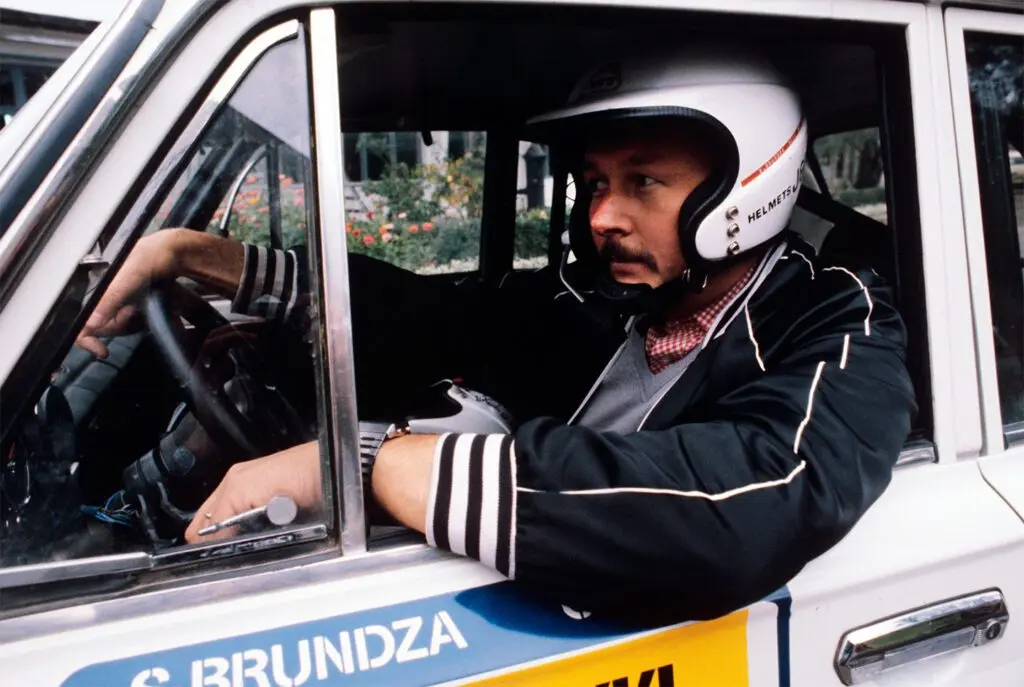
New "Zhiguli" are homologated according to international requirements of the famous "Group B" - there are practically no restrictions on modifications there. Crazy Audi Sport Quattro, Lancia Delta S4, Peugeot 205 T16 and other turbo monsters with a capacity of under 600 horsepower came out just from there, although Lada VFTS, of course, was much more modest. Classic front-engine layout, rear-wheel drive instead of full - and no turbines: the engine remained naturally aspirated and retained the factory volume of 1600 "cubes".
But it was refined with truly jewelry precision, which the AvtoVAZ conveyor was incapable of in principle. Factory parts were carefully selected, polished, balanced and polished again. The crankshaft and camshafts were rebuilt, using forged connecting rods, valves made of titanium alloy, and compression ratios from the standard 8,8 to 11,5 - all powered by the mighty twin Weber 45-DCOE carburetors. In fact, there was not a single element in the entire motor that was not touched by the hand of the Vilnius masters. The bottom line? More than 160 horsepower at the factory 69!
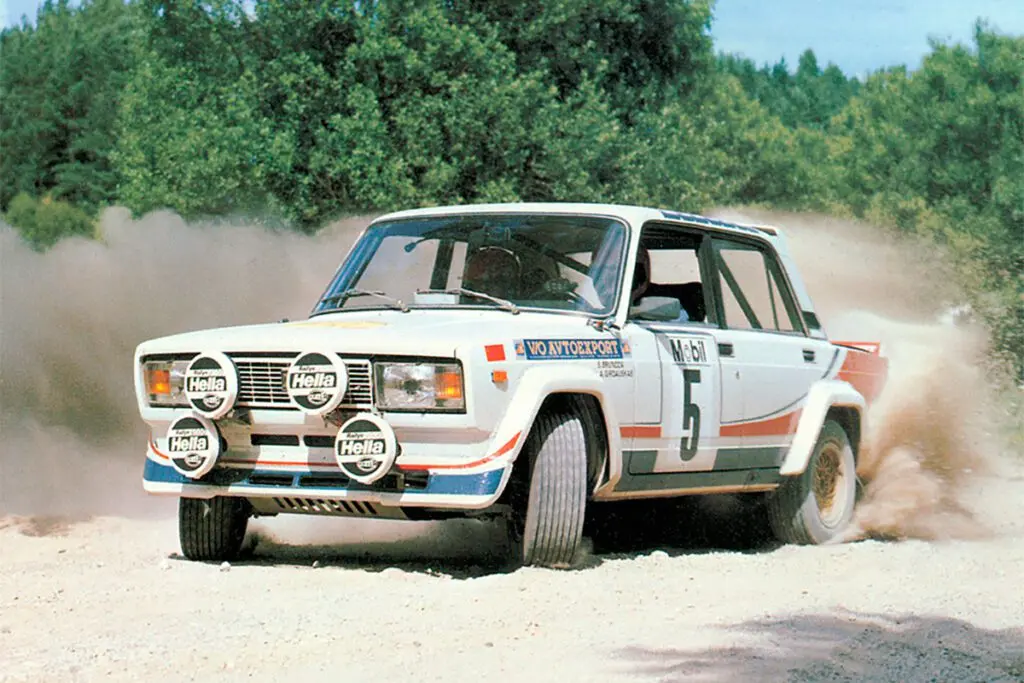
Of course, the rest of the equipment was also altered. The VFTS had a reinforced suspension with a different geometry, a double front stabilizer, a modified rear axle and a sports exhaust system with a 4-2-1 manifold - it even had to make another tunnel in the floor under the exhaust tract, which ran parallel to the transmission one. And later cars boasted shorter steering, a five-speed cam gearbox instead of the standard four-speed gearbox, and even aluminum body panels. In a word, these were the coolest Zhigulis in history - and one of the most successful sports models of the USSR. It got to the point that the factory team of AvtoVAZ gave up trying to build its own version of the rally "five" and moved to the brainchild of Brundza.
Moreover, VFTS turned out to be an unattainable dream even for the Soviet athletes themselves. These cars were driven by select racers, the best of the best, and the rest simply did not have enough of them. The fact is that rally "Zhiguli" are loved by Western pilots - Germans, Norwegians, Swedes and, in particular, Hungarians. A fast, simple, obedient car cost about 20 thousand dollars - a penny by the standards of racing technology. And the Soviet association "Autoexport" gladly supplied VFTS abroad, attracting foreign currency to the country.
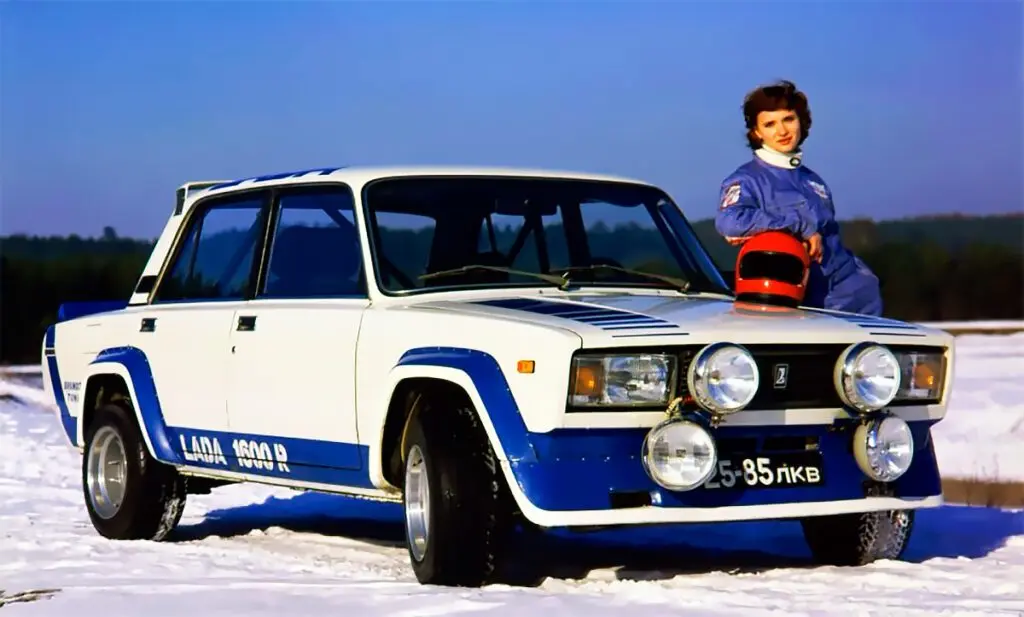
True, in the West they did not stand on ceremony with the "miracle jigs". As a result, there are practically no original copies left. The only fully complete car is in the personal museum of Stasis Brundza, and several other surviving copies can only be identified by the tag on the roll cage: everything else has been worn out by a contact autocross, altered a thousand times and is in an extremely sad state.
In contrast to the reputation of the VFTS. It survived the collapse of the Soviet Union, the troubled 1990s and blossomed again in the XNUMXst century. Nowadays, enthusiasts build a huge number of cars that often copy the appearance of Vilnius cars - "square" body extensions, an upturned spoiler on the trunk, retro livery ... modern and easy-to-force "shesnar"? These cars are no longer VFTS replicas, but rather homage, a tribute to style and spirit.
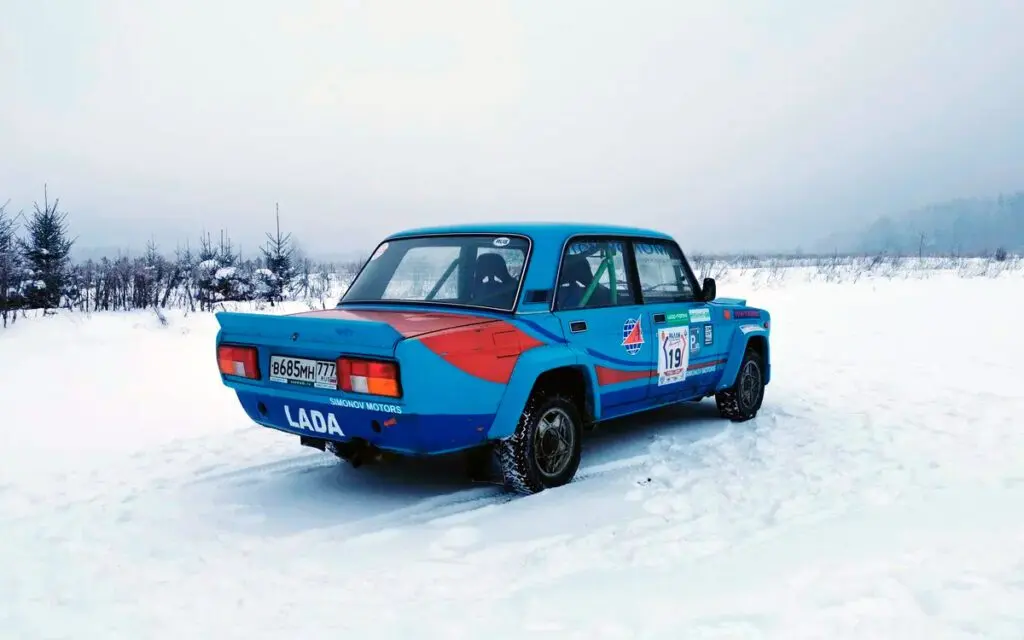
But the copy that you see in the photographs was built in maximum accordance with the original - according to the same homologation documents that were submitted to the FIA in 1982. Of course, there are a few small liberties, but they do not make these Zhiguli any less authentic. Don't believe me? Then here's one fact for you: the car was personally inspected, recognized and signed by Stasis Brundza himself.
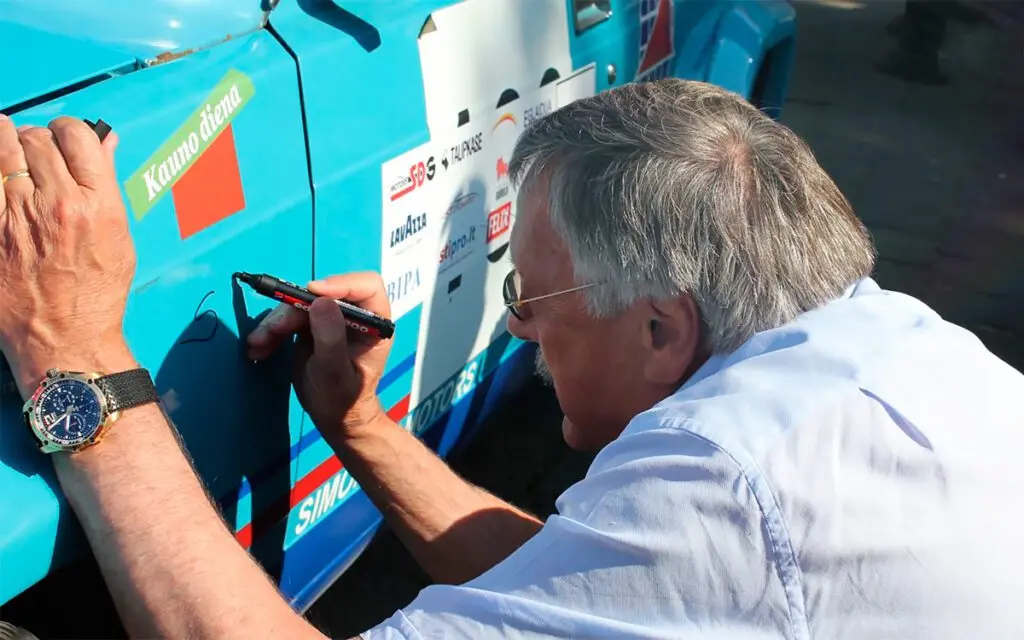
Moreover, the blue "five" of 1984 does not look like a remake at all. Red-haired ornament on the exhaust and suspension elements, burnt-out and in places cracked paint, worn wheel rims - all these are not defects, but the correct historical patina, as if the car had really survived from those very years. And when her engine comes to life, coughing hoarsely on uneven "idle", I am covered with special emotions.
For the winter, those same double carburetors were removed from here and a single one was installed - also Weber, but simpler. The power measured at the stand has decreased from 163 to 135 horsepower, but this is not a big deal: there is more than enough for ice and snow. But the elasticity in this configuration, as the creators say, is much higher - to make it easier to drive the car in sliding.
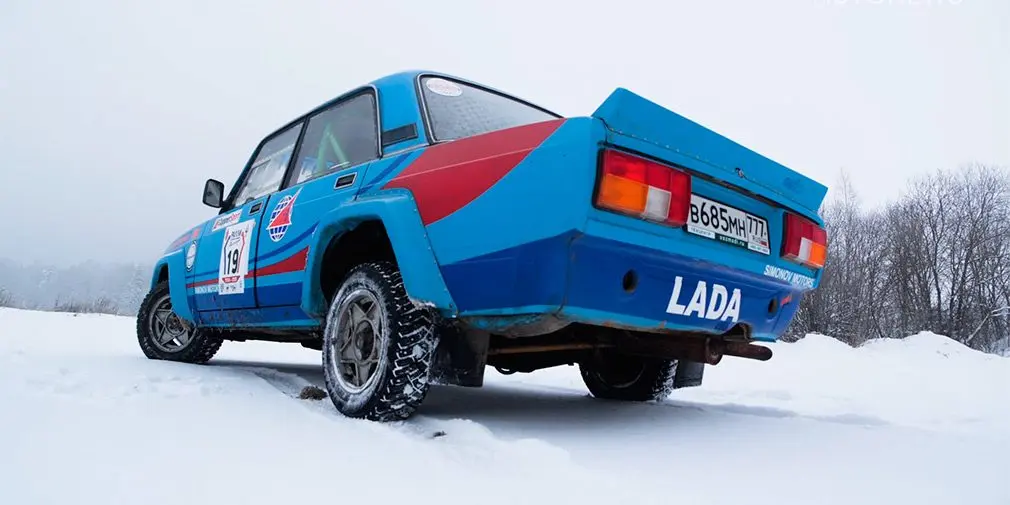
But even so, life at the bottom is simply absent. You have to get under way with a podgazovka, and if you turn on the higher stage too early, the VFTS almost stalls - you need to squeeze the clutch and raise the revs again. But as soon as the motor spins up, a real song of excitement and speed begins.
Lightweight - less than a ton - the car famously picks up speed under a loud tenor of the exhaust, and closer to the 7000 rpm limit, a frenzied roar is heard from under the hood, flavored with a metal ringing. The winter suspension configuration with soft springs and shock absorbers perfectly straightens out the bumps of the Moscow Region rally track - even on difficult terrain, the "five" maintains full contact with the surface, and lands thoroughly from the springboards: elastic, smooth and without secondary rebound.

Despite the standard steering, this car is amazingly easy to control, thanks to the massively increased castor on the front axle and the inherent balance. The steering wheel does not have to frenziedly twist from side to side - it is enough to put the car at the entrance (with brakes, counter-displacement, whatever), and then it will hold the angle almost independently, almost without requiring any adjustments. Yes, the angles are rather modest - but this is not a drift cramps with a "Krasnoyarsk inversion", but a rally machine tuned primarily for efficiency.
But how fun, honest and sincere VFTS behaves at the same time! She very quickly finds a common language, in her manner there is neither falsity nor ambiguity - only the purity of the laws of physics and the ability inherent only in racing cars to drive the easier the higher the speed. And, having gained a really good pace, I understand why hundreds of Poles and Hungarians compete in combat Zhiguli even today - it is not only budgetary, but also devilishly fun.
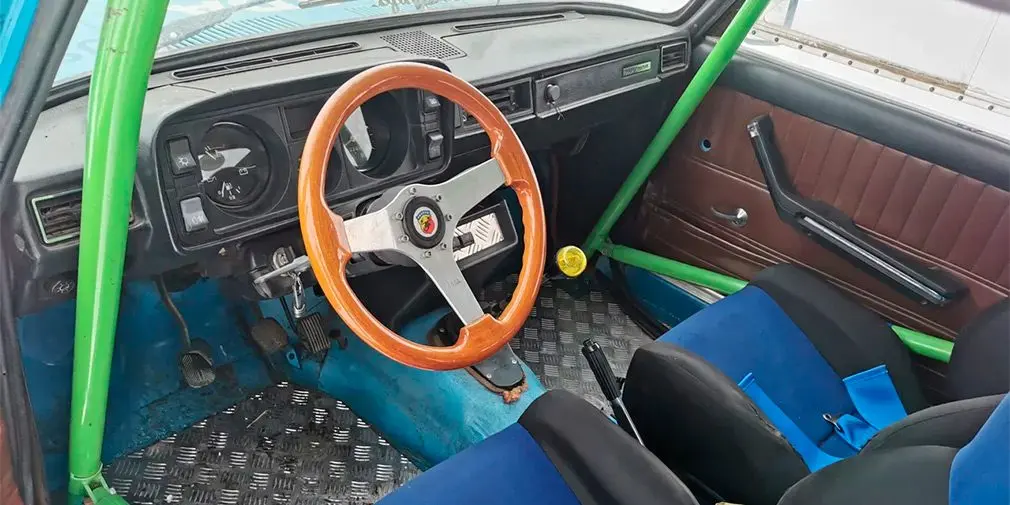
And it is gratifying that the cult of VFTS, which was almost a myth for Soviet motorists, and very much a reality for foreigners, is finally returning to Russia. Drift, rally or just road cars are not that important. It is important that the "combat classics" are becoming truly popular.

